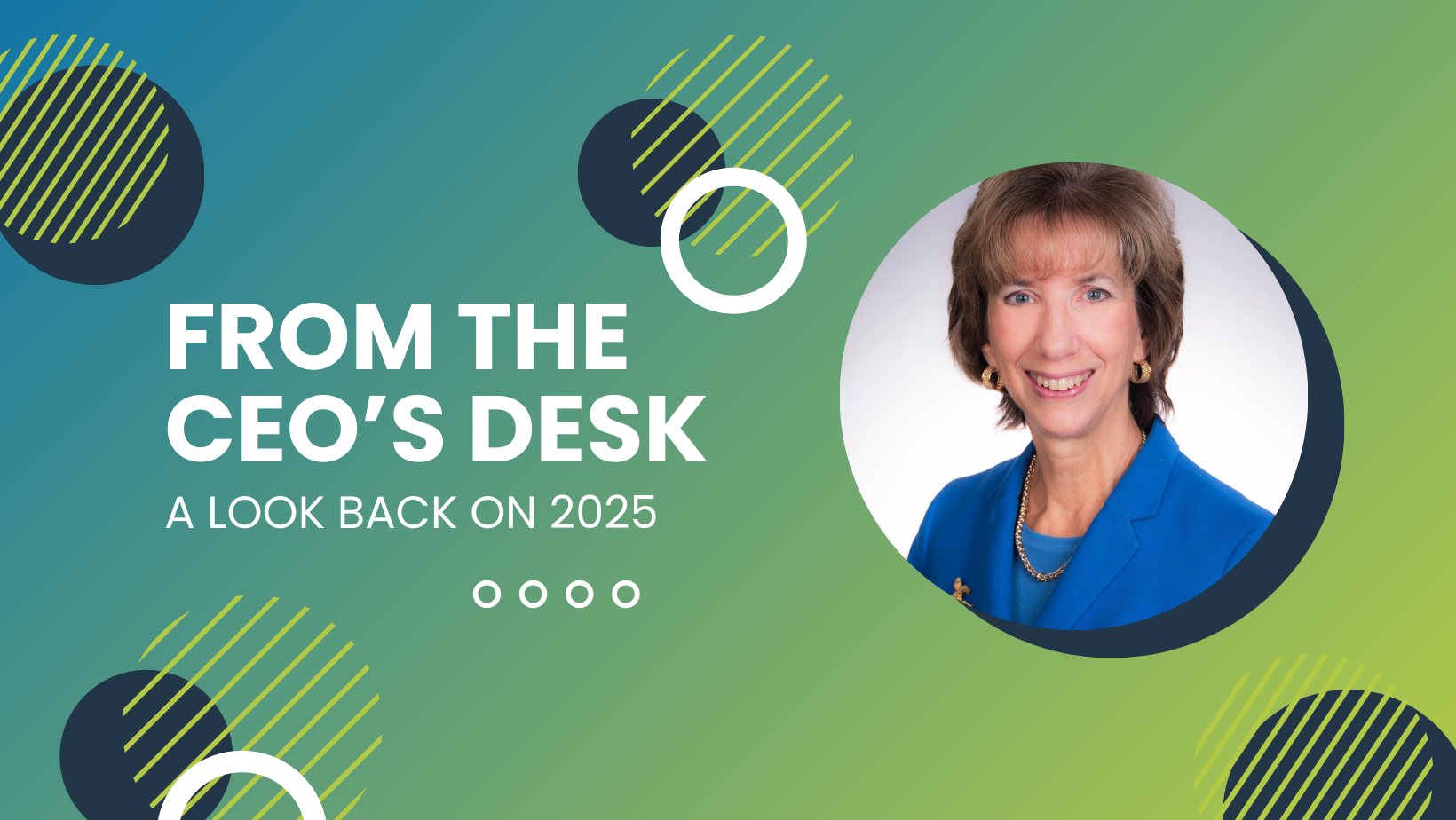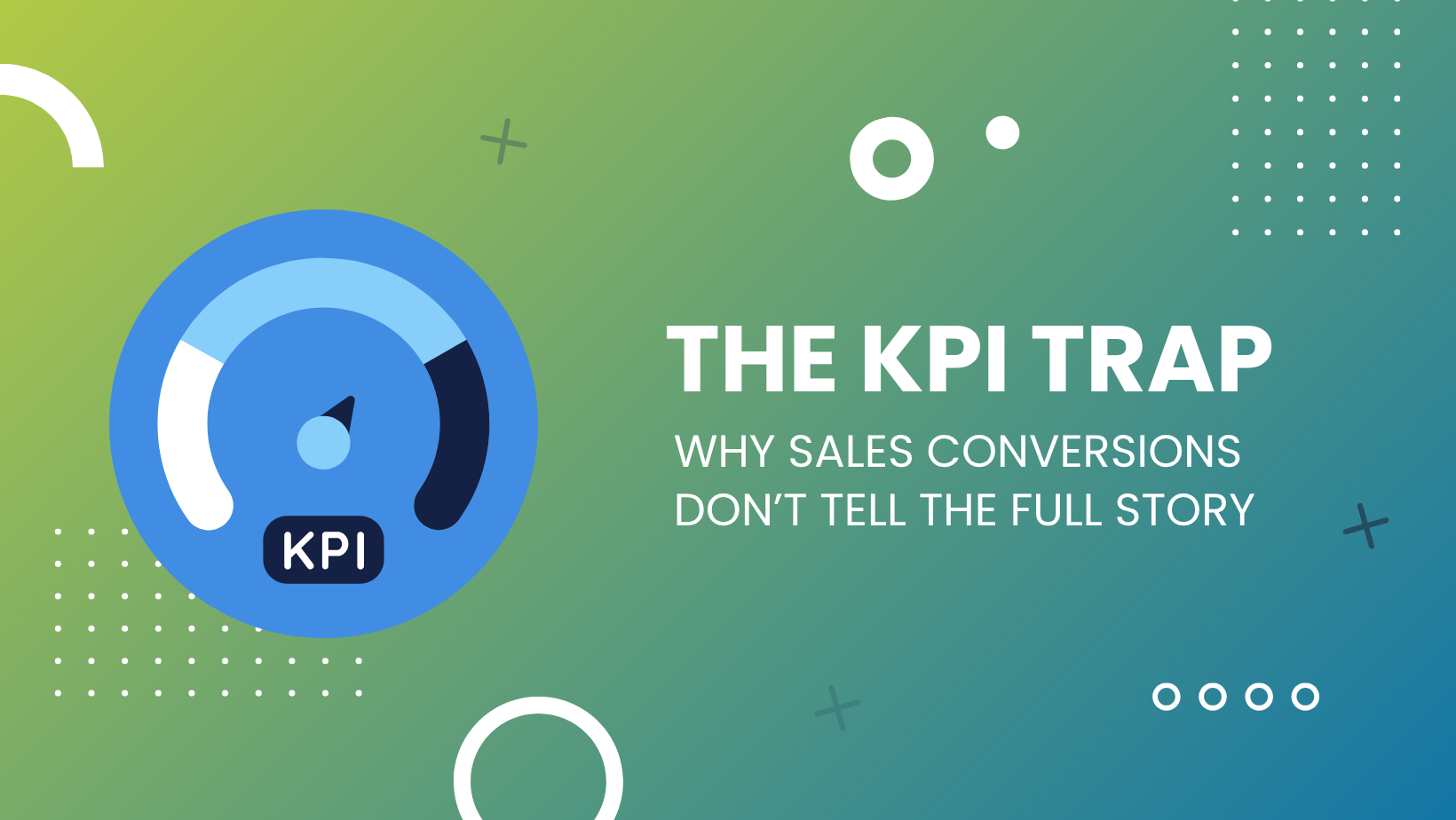Integrated Marketing Communication: Aligning Your Messaging Across Channels

We all know that one Snickers campaign. You know the one, “You aren’t you when you’re hungry”? This is a very successful example of Integrated Marketing Communication (IMC), a marketing approach where all elements of your campaign possess unified messaging and maintain coherence from start to finish. Adopting this approach integrates various marketing avenues such as print ads, digital media, social platforms, TV, public relations, and more. It's not only a harmonized marketing approach but also a remarkably time and cost-effective one. However, before diving into planning your campaigns, there are a few key considerations.
Aligning your messaging across multiple channels offers several benefits. It promotes a uniform brand identity, creating a consistent perception across different platforms. This consistency leads to enhanced customer trust and loyalty due to the familiarity and dependability they relate to the brand. Furthermore, it boosts brand recall and recognition amid the information overload consumers experience daily. Simultaneously, aligned messaging amplifies your reach and impact, broadening your audience and potentially initiating a word-of-mouth marketing ripple effect. Consistent messaging streamlines your marketing efforts, optimizing resource allocation such as budget and time.
However, IMC isn't without its challenges. Departmental silos and communication gaps can obstruct information flow, causing inconsistent messaging and misaligned organizational objectives. Each social media platform requires a unique approach, which can be challenging to align with core messaging. Moreover, facilitating cross-functional collaboration can become tricky without a well-implemented strategy.
To execute successful unified messaging, a well-thought-out strategy is crucial. Start by creating a comprehensive marketing plan, outlining goals, messaging, target demographics, and more. This will ensure alignment in your efforts. To monitor the plan's execution, establish a central messaging hub and employ the right technology. Using collaborative platforms and project management systems can encourage real-time alignment among multiple teams, promoting inter-team communication and alignment. Regularly review and tweak strategies to ensure goal achievement.
The future of IMC will be shaped by several emerging trends. For example, AI and data analytics will play a more prominent role in personalizing messaging, as discussed in our “Personalization in Marketing” blog. Similarly, optimizing strategies for voice search and smart devices will become increasingly relevant, providing a seamless user experience. Finally, ethical and socially responsible messaging is gaining prominence as consumers become more aware of a brand's societal and environmental impact.
Implementing IMC strategies may require a lot of strategic thought and consideration, but the benefits of integrated messaging are undeniable. Ready to enhance your marketing results? Get in touch with us today!




